Gwangju is a hidden gem of a city, with a rich history and vibrant culture. Often overlooked, this city perfectly blends tradition and modernity, from peaceful Korean temples and lively markets to stunning views and delicious foods, Gwangju offers something for every visitor.
In this set of activity options to build a one day itinerary for Gwangju, I'll guide you through the city's must-see sights and hidden treasures that can make your visit memorable and fulfilling, no matter what time of day you'll arrive or what your interests are.
Gwangju's history dates back to the Baekje Kingdom and thrives with a strong modern art scene. This Gwangju itinerary includes a walk through Mudeungsan National Park, a visit to the Asia Culture Center, and a stroll through Yangdong Market to enjoy Korean street foods and local color. Whether you love history, art, or food, I'll help you enjoy Gwangju in one day or less.
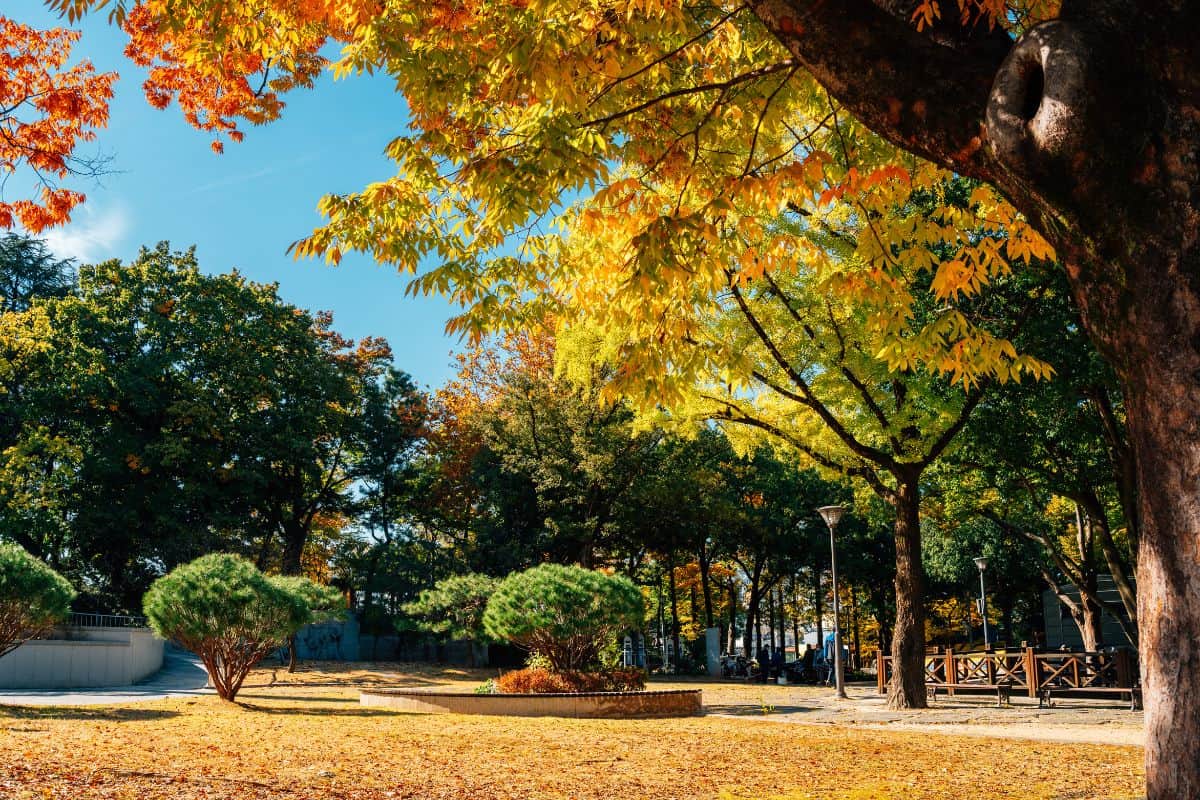
Jump to:
🌼 Why Visit Gwangju?
Gwangju, known as the "City of Light" (광주, 光州), is a lively city in the South Jeolla province of Korea. It's full of youthful energy and artistic creativity, known within Korea as a hub of art and culture. Strolling through 'Geumnam-ro,' you'll see trendy Korean fashion and enjoy a more modern vibe than you'd expect from a small Korean city.
Gwangju is widely known as a cultural hub with many galleries - and it hosts the famous Biennale, attracting artists and enthusiasts worldwide. This makes it an exciting spot for those interested in the arts and even fashion.
One other unique feature of Gwangju is its dramatic altitude difference - it's the only city with a mountain over 1,000 meters higher than the average city level and a population of over 1 million. It's location in a volcanic basin plain allows it to thrive; whether you're a hiker or a culture lover, Gwangju has something for everyone.

🚆 Getting to Gwangju
To Gwangju From Seoul
Shere are several convenient options exist for journeying from Seoul to Gwangju. If you prefer to travel by train to Gwangju, heading to Seoul Station and boarding the KTX. This high-speed route to Gwangju-Songjeong Station takes approximately 1 hour and 42 minutes, with a great view, perfect for enjoying the Korean landscape.
Ticket prices vary between ₩30,000 and ₩60,000 ($23USD to $45USD), depending on your choice of seating and amenities, making the train a versatile option whether you're on a budget or seeking a more luxurious travel experience.
Alternatively, you can take a bus to Gwangu from Seoul via the Central City Bus Terminal. The bus journey ranges from three to four hours depending on traffic, but it is the cost-effective option with fares between ₩16,000 and ₩24,000 ($13USD to $18USD) - I'll also mention that I took the bus to and from Seoul more than 50 times during the years I lived in Korea, and it's a very straightforward process.
Finally, don’t overlook the convenience of flying: from Gimpo Airport, you can reach Gwangju Airport in just 55 minutes—airlines like Korean Air and Asiana Airlines offer flights that typically cost around ₩50,000 ($37USD), which is more than the bus but less than the best train fare.
To Gwangju From Busan
There are several convenient options to go from Busan to Gwangju. If you prefer to travel by bus, head to the Busan Seobu Bus Terminal. The direct bus to Gwangju takes about 3 hours, and offers a comfortable and cost-effective journey, with fares ranging between ₩14,000 and ₩19,000 ($11USD to $14USD).
Alternatively, you can take the KTX train from Busan Station to Gwangju-Songjeong Station. Although this route is less direct and involves transfers, it offers a fast and comfortable option, with the total travel time around 3 hours and 5 minutes. Ticket prices for the train vary between ₩35,000 and ₩60,000 ($28USD to $45USD).
For those who prefer driving, the journey from Busan to Gwangju takes approximately 2 hours and 43 minutes, depending on traffic conditions. This option provides flexibility and the opportunity to explore the scenic routes along the way.
Lastly, flying is another convenient option. From Gimhae Airport in Busan, you can reach Gwangju Airport quickly, with several airlines offering flights that typically cost around ₩50,000 ($37USD).
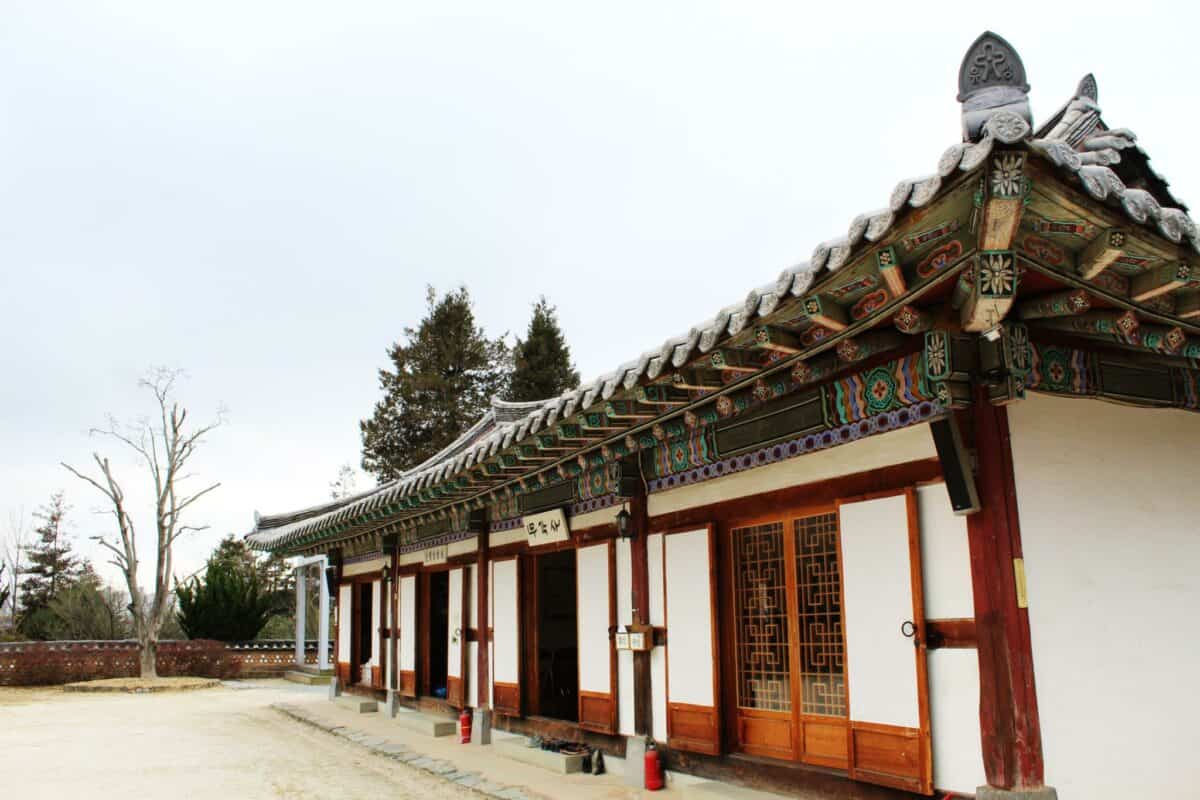
🏙️ Morning Itinerary for Gwangju
1913 Songjeong Station Market
Hours: 8:30am-10pm, Monday to Sunday
Opened in 1913 alongside Gwangju Metro Station, Songjeong Station Market has been a go-to spot for fresh produce and daily food and Korean-made clothing. In the 1990s, the eventual opening of big supermarkets caused a drop in visitors; to bring back its appeal, the market was revamped with a focus on time, blending old and new styles.
Just across from Gwangju-Songjeong KTX Station, the market now has a lively atmosphere. It's a must-visit for anyone nearby. Enjoy classic Korean foods like hotteok (sweet pancakes), gyeran bap (rice with egg), and eomuk (fish cake). Each bite connects you to the market's rich history.
Address: 38 Songjeong-ro 16beon-gil, Gwangsan-gu, Gwangju, South Korea
Closest Metro: Gwangju-Songjeong KTX Station
Hours to Spend: 2-3 hours
May 18th Foundation Memorial Park
Hours: 24 hours a day, 7 days a week
One must-visit site in Gwangju is the May 18th National Cemetery, made to honor those who sacrificed their lives during the May 18th, 1980 democratization movement. The park is more than a place to pay respects; it offers a rich historical journey through memorials and cultural spots important to the movement for democracy in Korea.
The May 18th Memorial Culture Center provides insights into the uprising with exhibits that bring the period and its importance to life. Visitors can also explore Daedong Plaza and the Gwangju Student Movement Memorial Tower, which are tributes to all those who fought for democracy.
The Oweol Pavilion and other memorial spaces enhance the park's calm atmosphere, inviting reflection and learning, cultivating their peaceful reputation. Walking through these grounds, the spirit of the martyrs is felt, making the experience both educational and moving. Whether you're a history buff or seeking a meaningful cultural visit, the May 18th National Cemetery is key to understanding Korea's path to democracy.
Address: 61 Sangmuminju-ro, Seo-gu, Gwangju, South Korea
Closest Metro: Uncheon Metro Station
Hours to Spend: 1-2 hours
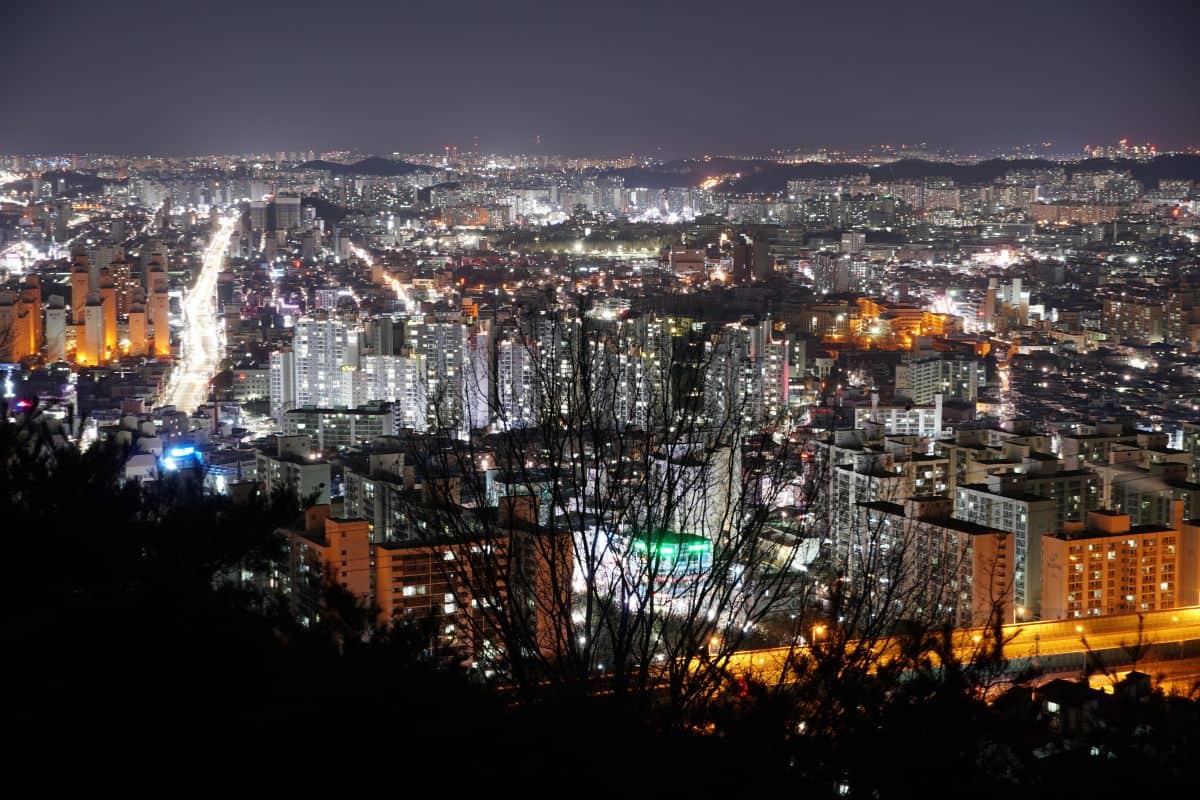
🌇 Afternoon Gwangju Itinerary
Gwangju National Museum
Hours: 10am-6pm, Monday to Sunday
The Gwangju National Museum in Jeollanam-do is a history and art treasure trove. Visitors can explore seven organized categories of exhibits, making it easy to discover different periods and artifacts.
The Prehistoric Hall displays tools and relics from the Paleolithic, Neolithic, Bronze, and early Iron Ages. The Samguk Hall showcases earthenware and ironware from the Jeolla-do area, highlighting the era's technical and artistic advancements.
The Goryeo Pottery Exhibit Hall traces pottery's evolution from Goryeo's Cheongja to Joseon's Buncheongsagi and Baekja. The Buddhist Art Hall features items related to Buddhism, and the Painting Hall displays works from the Joseon and modern periods by Honam district artists.
The Shinan Ocean Floor Relic Hall presents artifacts from a trade ship submerged in the Shinan Sea for 600 years, excavated between 1976 and 1984.
Address: 110 Haseo-ro, Buk-gu, Gwangju, South Korea
Closest Metro: Ichon Station, Metro Line 4
Hours to Spend: 2-3 hours
Penguin Village Craft Street
Hours: 10am-6pm, Tuesday to Sunday
A visit to Penguin Village Craft Street in Yangnim-dong, Gwangju, promises a memorable experience: this charming alley, marked by a penguin-shaped signpost, is behind the Yangrim-dong Community Center.
The village got its name many decades ago because the elders in the community, who had trouble walking, looked like waddling penguins (it's still the case, for some). In the 70s and 80s, the village became a popular creative space; when walking through, you'll notice a mix of modern and historical vibes.
Penguin Village is unique for its blend of Western and traditional Korean hanok houses, reflecting when Western ideas first entered Gwangju over a century ago. The streets are now heavily decorated with murals and outdoor exhibits, creating a nostalgic and modern artistic atmosphere.
These artworks beautify the area and support the elderly residents by boosting tourism and sales of local Korean souvenir crafting. For travelers looking for a cultural and visually rich experience, Penguin Village Craft Street offers a delightful journey through time and art.
Address: 7 Cheonbyeonjwa-ro, 446 beon-gil, Nam-gu, Gwangju, South Korea
Closest Metro: Gwangju National University of Education Station, Metro Line 1
Hours to Spend: 1-2 hours
🌃 Evening Gwangju Itinerary
Chungjang-ro Street
Hours: 10am-10pm, Monday to Sunday
End your day in Gwangju with a visit to Chungjang-ro Street to taste the city's modern culture. Comparable to Seoul's Myeongdong Street, Chungjang-ro is Gwangju’s main fashion district. Shopping malls, trendy clothing stores, and boutiques offer everything from the latest fashions to traditional wear. The lively streets are great for fashion lovers and window shoppers, alike.
Chungjang-ro also offers plenty of restaurants, cafes, and movie theatres. There's something for everyone, from eateries serving global dishes to cozy Korean coffee shops. Various performances and events add to the fun, making Chungjang-ro a cultural hotspot, whether you want to shop, eat, or enjoy the lively atmosphere.
Address: Chungjang-ro, Gwangju, South Korea
Closest Metro: Chungjang-ro Station, Metro Line 1
Hours to Spend: 2-4 hours
Asia Culture Center (ACC)
Hours: 10am-6pm, Tuesday, Thursday, Friday, and Sunday; 10am-8pm, Wednesday and Saturday
One of Gwangju's top spots is the Asia Culture Center (ACC), a vibrant complex in the city's heart, offering a mix of activities and experiences for everyone. The ACC is known for its art exhibits, theater shows, and events showcasing Korean and global talents.
The ACC provides a fun way to experience art and culture through interactive installations, multimedia displays, and workshops, whether you're an art lover or just curious. The area around the ACC is also lively, with many restaurants and shops popular with locals and tourists.
The nearby Joseon University area is also known for its cool restaurants and bars, making it a great place to relax after visiting the ACC, if you have time left in your night. Enjoy a tasty meal or a drink while soaking in the lively atmosphere of Gwangju's modern cultural scene. Whether you want local foods from Jeonju and Gwangju or international flavors, the area around the ACC has it all.
Address: 38 Munhwajeondang-ro, Dong-gu, Kwangju, South Korea
Closest Metro: Munhwa Jeondang Station
Hours to Spend: 2-3 hours
🙋 Frequently Asked Questions
The Gwangju National Museum is open from 10am-6pm, Monday through Sunday. During these hours, you can explore the museum and its seven organized categories of exhibits anytime.
The May 18th National Cemetery is at 61 Sangmuminju-ro, Seo-gu, Gwangju, South Korea. You can reach the cemetery by walking to Uncheon Metro Station, the closest metro stop.
Penguin Village Craft Street in Yangnim-dong offers a blend of Western and traditional Korean hanok houses. The village is decorated with murals and outdoor exhibits, creating a nostalgic and modern artistic atmosphere.
The village name originates from the elders' waddling walk, resembling penguins. The vibrant creative space dates back to the 70s and 80s.

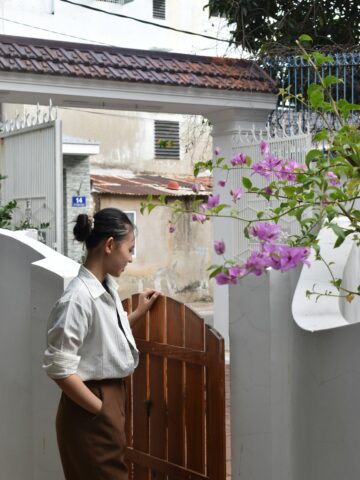
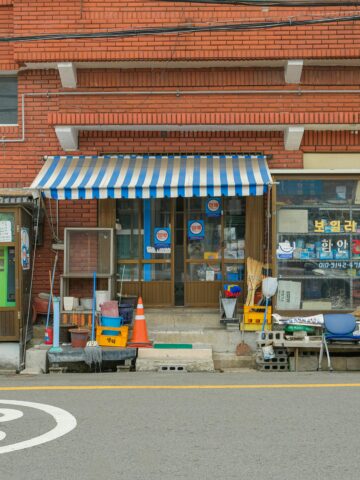
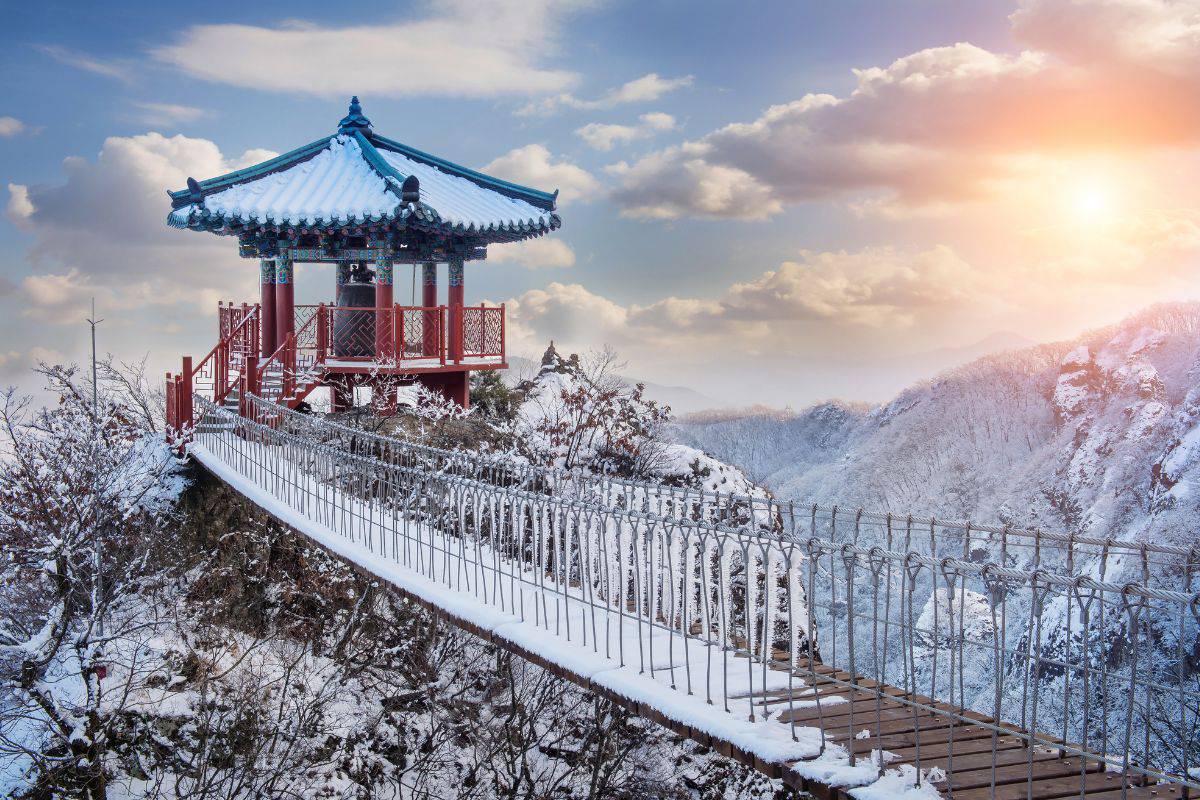
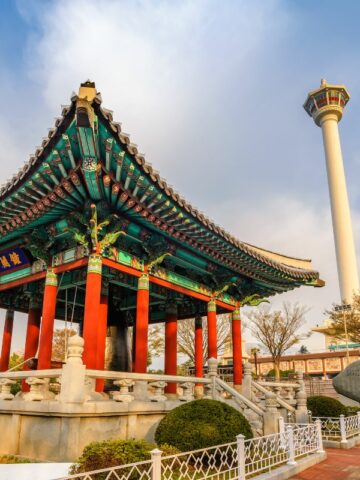
Comments
No Comments